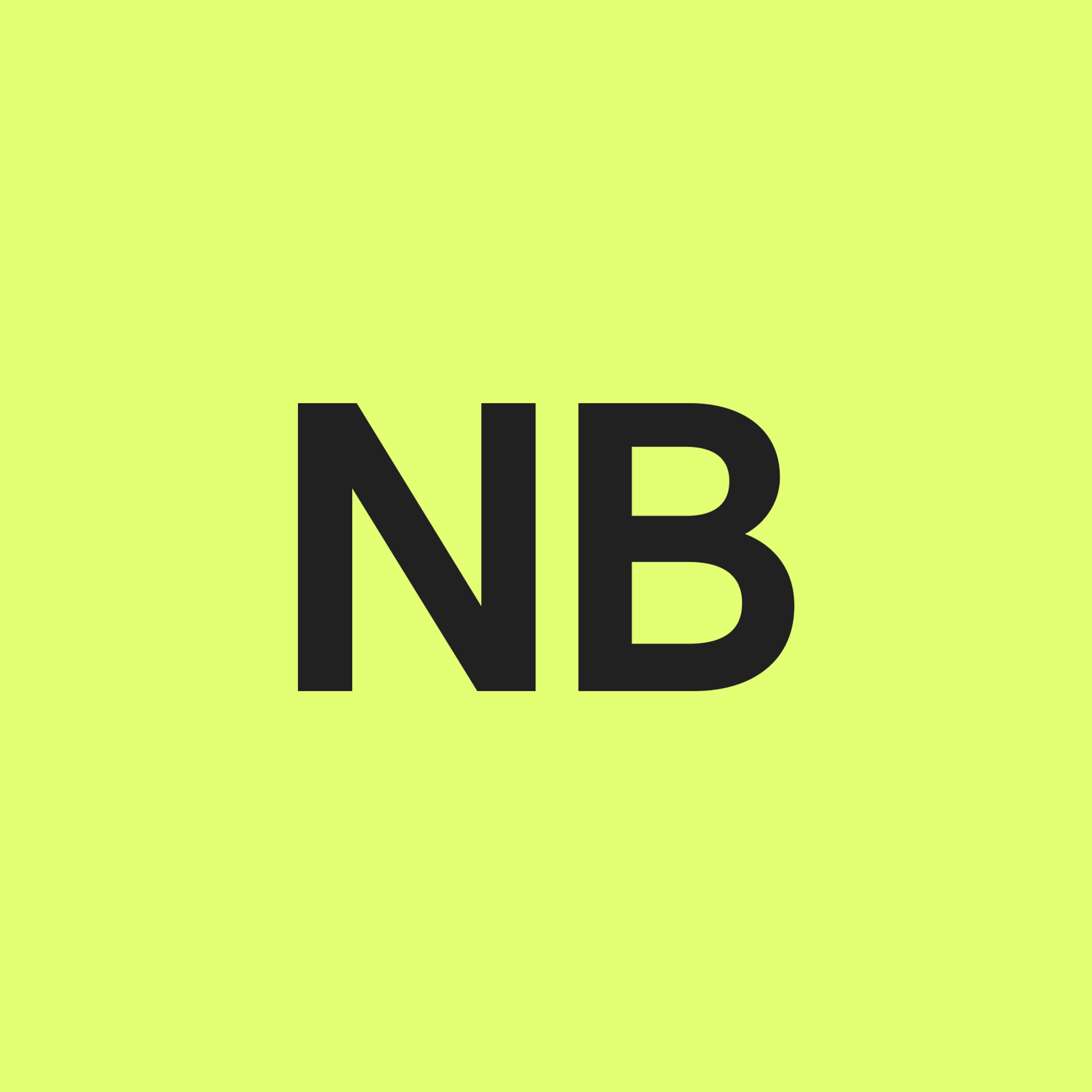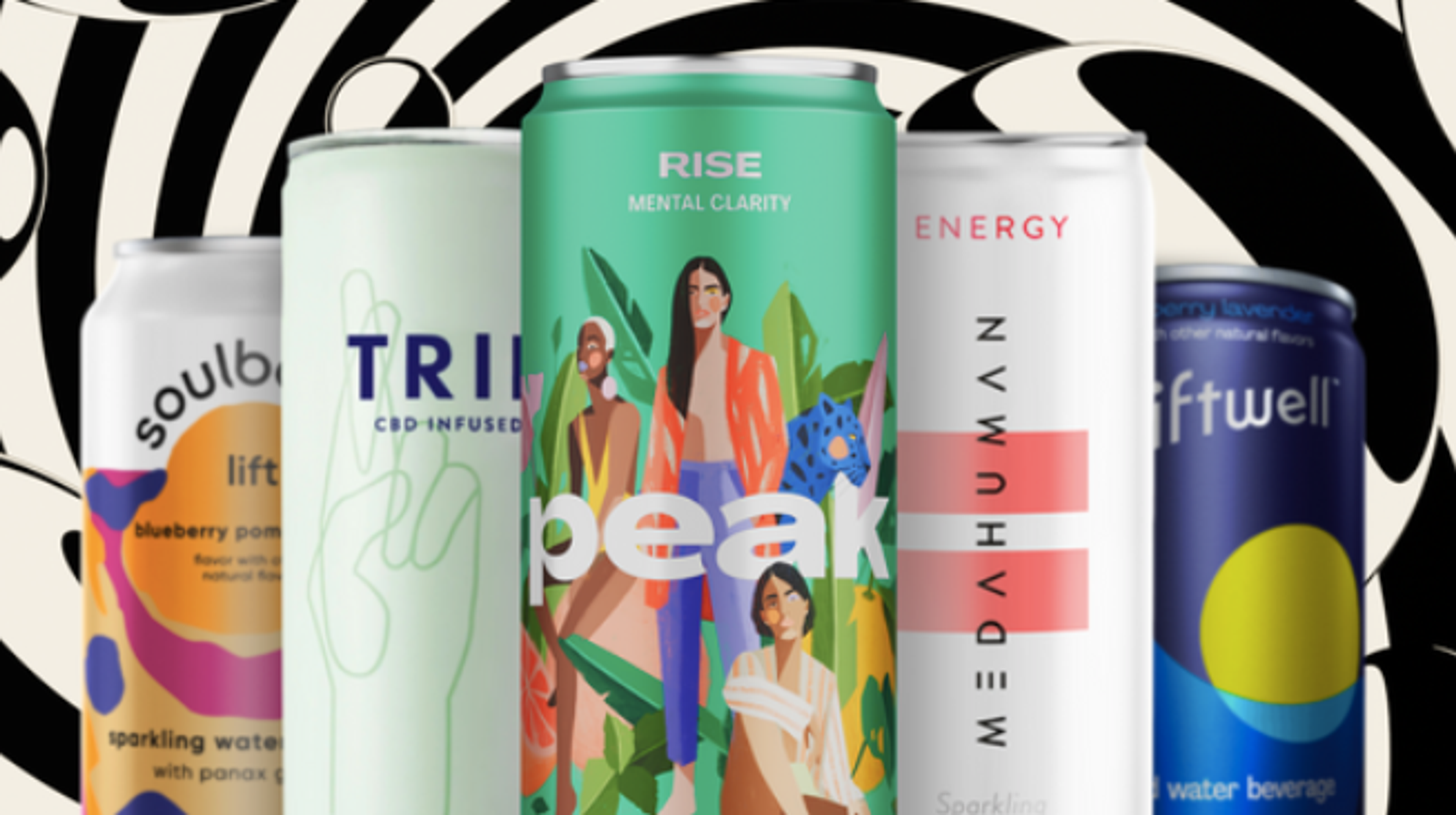Shipping sexy startups

NEVERBLAND®
19.10.2017

The hard thing about hard things
Building digital products is fucking hard. We should know.
Having launched almost 20 businesses as a digital product studio, built over one hundred websites and logged over 12, 876 hours of collective design and development since the start of the year, we’ve encountered, observed, swerved and (eventually) overcome many of the potholes on the road to minimum viable product (MVP).
Re-launching our own website this month provided a useful lens through which to examine and reflect on some the challenges, insights and learnings from the products we’ve worked on this year.
MVP means MVP
It sounds deceptively simple doesn’t it? And yet policing our own susceptibility to scope creep takes an iron will. Be rigorous in testing the core of your idea. What is it about your idea that’s different? This is what you need to prototype and test in order to understand if you have product market fit. Remember today’s unicorns started as simple concepts not the feature-rich experiences that exist today.
Music app jukedeck.com is an interesting example of this. Their initial idea was very simple — using artificial intelligence (AI) to allow users to create bespoke music compositions and their focus early on was to ensure that this was executed in the best way, with a focus on user experience design (UX) and developing a simple sharing mechanism to encourage virality. Only once this began to gather momentum in terms of user numbers and industry support (awards, etc) did they build upon this foundation to grow their product to include genres, moods a wavelength editor and video uploads.
Budgets
Put no more than 50% of the 1st year development budget into the initial build. You’ll need the remaining 50% to maintain, iterate and deliver new features post launch. Ensure there’s budget and time set aside for growth hacking, marketing initiatives, social and content strategies, ppc advertising, partnership programmes and more. Building successful products is a journey and not a destination. Post MVP it’s vital to continually test and improve by increments so you can learn what works and do more of it.
Communities
Start building your community early. Introduce small groups of beta users to the product as soon as possible. Encourage key influencers to act as early adopters who can help shape the product and raise awareness through their networks. In our experience this works best when these audiences are given an opportunity to engage with a product before it hits the wider market, whether through immersive product showcases or an inventive viral social engagement tool.
A good example of how this can work in practice is fnaticgear.com who used a combination of crowdfunding and a social sharing mechanism to gain rapid traction, encouraging fans to share in return for points which were then redeemed against merchandise. You may have also seen similarly successful strategies employed by well known brands like Frame.io and clothing retailer Everlane who attracted thousands of subscribers and generated a lot of hype prior to launch.
Visual Design & UX: Beauty in simplicity
Animation is a great tool for increasing user engagement, but use it sparingly. Good design is about solving problems. Superfluous design and animation, while looking cool, do nothing for converting users and increase load time on the page.
A good product should ‘feel’ fast. Focus on speed and a simple, intuitive interface. Nothing decreases user engagement like site latency, slow performance or confusing user interface (UI).
If a form field has to meet certain validation, do your users a solid and let them know what that is before they click submit. All form fields should be clearly labeled and all placeholder text should be an example of that input. You can see an example of considered form design on bulb.co.uk where users are guided through the process of switching energy providers via a set of tailored questions. Also check out the following sites: Typeform and login.mailchimp.com/signup, both superb examples of well-executed natural language forms that make onboarding a dream.
Be aware of how accessibility informs design. The minimum size for touch areas for CTA in mobile design should be 1cm squared. If users can’t click on your link, they can’t convert. Also remember hover states are non-existent on mobile so don’t hide anything important behind them.
Producing a design style guide is a crucial component of product design as it shows products as a system of states rather than a collection of pages. Stand on the shoulders of giants and don’t be afraid to lean on common design patterns to aid consistency. Giving users 14 different button styles across your product does nothing for your credibility.
Development: Think Fast, Ship Smart
Who’s going to build the damn thing. Can you code? Can you build an in-house team of developers around you? Should you work with a digital product studio? Each has their pros and cons but we urge you to explore all three routes before making your decision.
Don’t be fooled by flavour of the month development frameworks. Some developers are fond of Angular, others sit firmly in the React camp. It doesn’t mean that one is always better than the other. Underpinning all of these is Javascript. We believe any developer worth their salt should know vanilla Javascript inside and out.
We champion Agile. Agile development involves working in tandem — UX and design working concurrently with the development team for rapid prototyping and product development. Such close collaboration means the team is collectively working towards a shared goal and inevitably gets there quicker.
Related articles

Reaching your Peak Potential
4 min read


